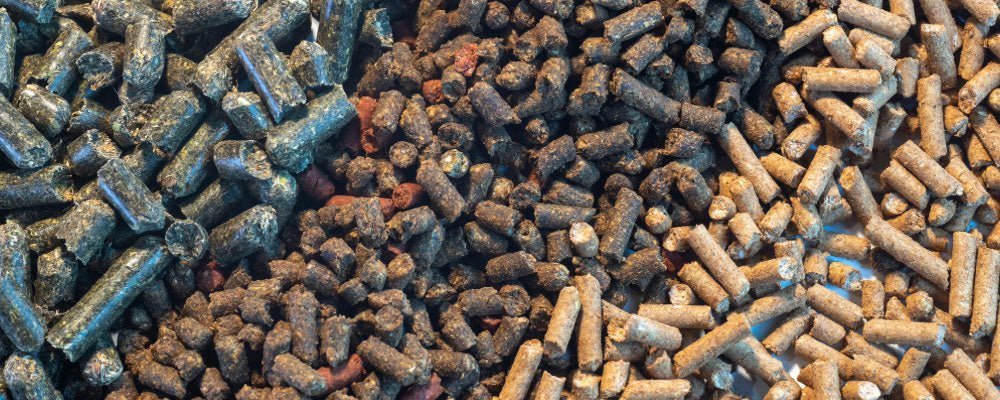
Chicken Food - How To Feed Chickens - Our Guide
A trip to the local feed store might be intimidating, particularly for new poultry owners. Each colourful bag of chicken feed carries numerous phrases, including "mash" and "grower feed" as well as "medicated" or "un-medicated" and "fermented." In this guide, we go through the various food options for your chickens.
What are the nutritional needs of chickens? What do chickens need in their diet?
A chicken's diet must be well-balanced to ensure its health and altered with the seasons, so focusing on protein during the summer and carbs throughout the winter.
Carbohydrates are an excellent source of energy for chickens during the cold months. However, feeding chickens predominantly carbohydrate-based food will not maintain a healthy lifestyle for your chickens during the summer.
During the summer, when feed is more easily accessible and their bodies aren't working as hard, you can feed your chicken layer feed with a higher protein content (18 percent or greater). But, of course, organic feed or grower feed is equally effective!
Healthy chicken treats can be an excellent source of protein, but they should be fed in moderation due to their high calorie and fat content. Chickens love treats, but they do not have an "off switch", so you need to manage how many treats you give them.
How do I know if my chickens are healthy?
You can observe various physical changes to determine whether your chicken is receiving adequate nutrition.
Chickens should always have clean, silky feathers and bright eyes. This indicates that their diet contains sufficient protein, fat, and vitamins A and E. (antioxidants). Add these nutrients to their diet if they do not receive them through feed or treats.
How often should I feed my chickens?
It's best to provide your chickens with small amounts of food throughout the day, but at least once in the morning and once before they go to bed.
Because chickens have small stomachs, feeding them in modest amounts helps keep feed safe and prevents overeating.
However, if you serve them too much food or chicken treats at once, they can over-eat and they may not consume it all - causing their feed to spoil.
What types of chicken food are there?
Poultry feed is available in a range of textures, making eating easier for young chickens and giving convenience to chicken owners:
Chicken Food Pellets
Chicken feed pellets are compressed cylinders of chicken feed and are great since they maintain their shape, making them simple to pick up if your chickens knock over their feeder, as well as being easy to serve and store.
Chicken Pellets are also very consistent as they have all the nutrients needed for your chickens. If you give them loose food, it's possible for chickens to choose the bits they like, but cherry pick and don't eat some foods that they should eat for their nutrition. Pellets avoid that.
Chicken Food Mash
Back chicken chicks are typically fed a loose, uncooked kind of chicken feed, known as mash, because it is effortless to digest. However, all ages of chickens can consume the mash-based chicken feed. Additionally, the mash can be blended with hot water to make a porridge-like texture that many chickens enjoy.
Chicken Food Crumb
Crumble chicken feed is coarser than mash but less dense than pellets. Crumble is frequently used to convert a flock from mush to pellets. However, crumble can be fed to chickens at any age. It all depends on which texture your flock chooses. Likewise, chicken food crumb is often fed to chicks due to its consistency for easy eating.
Shell Grit
To maintain a healthy digestive system, it's useful for chickens to consume shell grit. Chickens store grit in their gizzards to better ground their meal and access their nutrients. In addition, shell grit increases calcium levels, which are essential for bone health and egg shell durability.
Generally, free-range birds can locate enough grit on their own. However, you should offer shell grit if your chickens spend most of their time in a coop run or gated enclosure. Shell grit should be served in a separate container from the usual feed.
Chicken Food Scratch
Chicken scratch is a mixture of cracked corn and other grains fed to hens as a treat or dietary supplement. Scratch is an excellent energy source and can help chickens remain warm on winter nights. However, giving chicken scratch in moderation to laying hens is essential, as excessive amounts might result in undesired weight gain.
What's the difference between medicated and unmedicated chicken food?
Typically, medicated and unmedicated starter and grower chicken diets are available. Medicated chicken food means that ampolium is added to the chicken food.
Amprolium in medicated feed is intended to prevent coccidiosis and other illnesses in young chicks.
However, if your chickens have been vaccinated against coccidiosis, you do not need to offer them medicated feed.
What is fermented chicken food?
Any chicken feed can be combined with water and left to ferment organically.
Fermentation releases numerous nutrients from the grain, making them more accessible to your birds.
Additionally, the fermented feed might reduce your chicken feed expenses, as the increased density of the meal keeps birds fuller for longer.
What should I feed baby chicks?
There are two primary types of chicken feed for newborn chicks: starter feed and growth feed.
As its name implies, starting feed is given to chicks shortly after they hatch - until they reach the age of six weeks, chicks are often fed starter meals.
Starter feed is high in protein (typically 20 to 24 percent protein) and formulated to suit the nutritional needs of young chicks.
Between 6 and 20 weeks, chicks should be shifted to grower feed, which has 16 to 18 percent less protein than starter feed and less calcium than ordinary layer feed.
It is crucial to convert to grower feed since giving too much protein to growing pullets might lead to renal or liver problems.
What should I feed egg-laying hens?
You should feed your egg-laying hens with chicken layer feed because it is formulated to fulfil the nutritional requirements of adult laying hens.
Chicken Layer Food offers a balance of protein, calcium, and other essential vitamins and minerals that boost egg quality and production and health.
This layer feed comprises typically 16 to 18 percent protein and a considerable amount of calcium for robust egg shells,
Therefore, layer feed should not be fed to hens until they are 20 weeks old or have begun laying eggs.
You can also increase your chickens' calcium intake with pulverized oyster shells or crushed egg shells.
What foods can I feed egg laying hens?
In addition to a high-quality layer diet, layer hens benefit from an assortment of fresh vegetables and fruits, such as:
- Bok choy
- Silverbeet (aka chard)
- Endive
- Chickweed
- Cabbage
- Cucumbers
- Melon
- Squash
- Strawberries
- Broccoli
- Kale
- Vegetable peels
- Fruit peels
Pastured hens naturally locate nutritious greens and may not require additional fruits and vegetables.
What should I feed broiler chickens?
If you raise meat hens, you should feed them broiler chicken feed, which is available in three primary forms: starter, grower, and finisher.
The high protein content of broiler chicken feed supports rapid growth.
Do not feed laying hens broiler-type chicken feed since the additional protein can be hazardous to their health.
For optimal growth and weight increase, ensure that broilers have access to food 24 hours a day if you are rearing them.
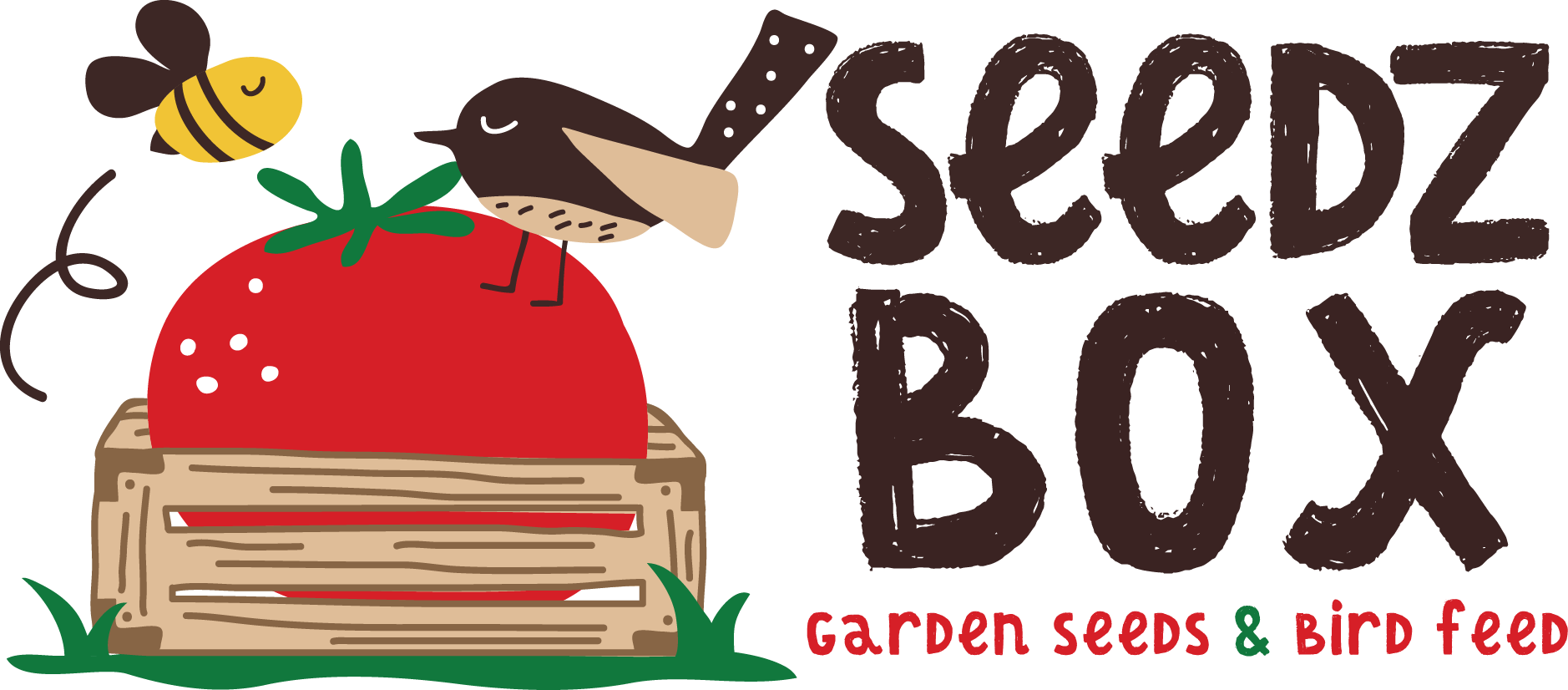
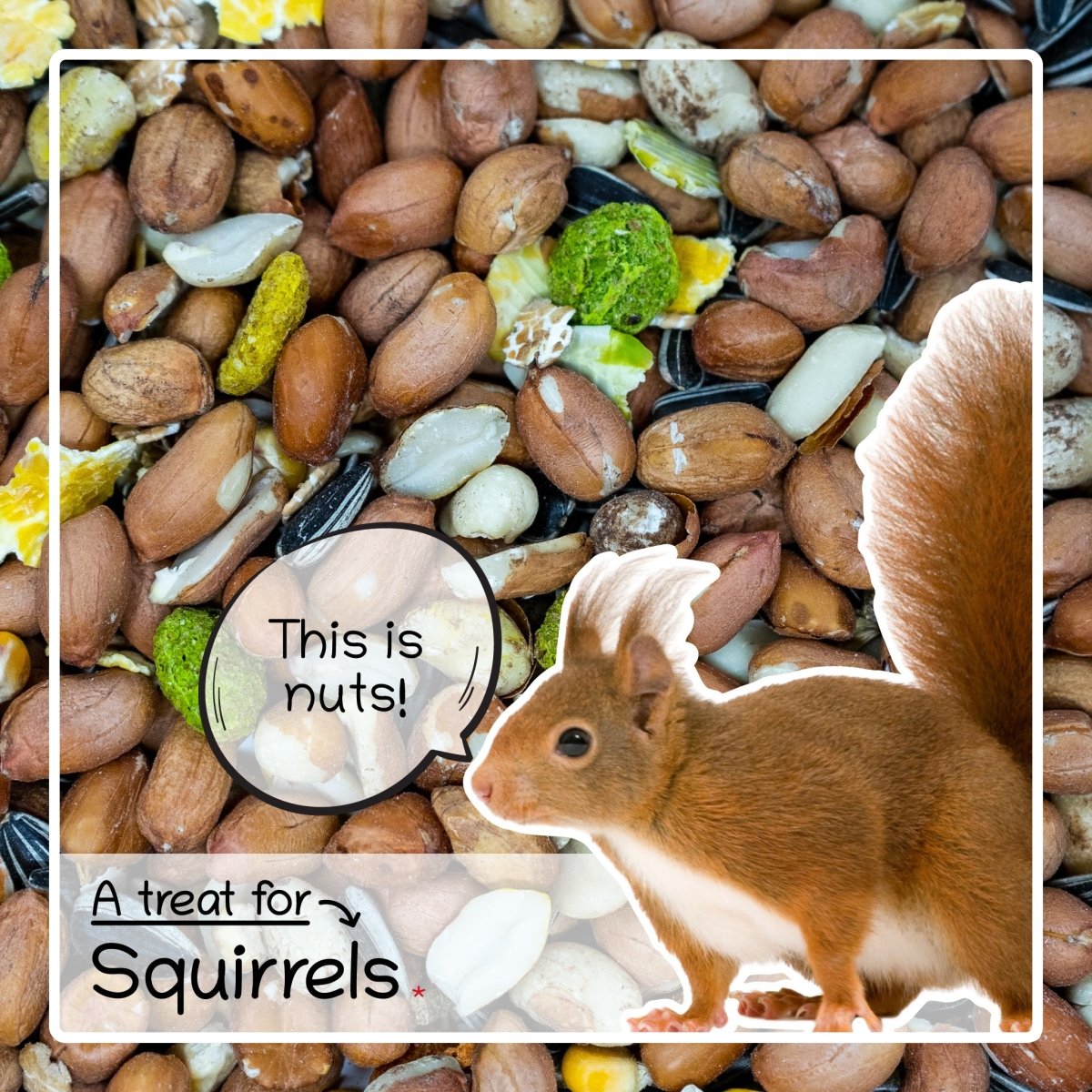
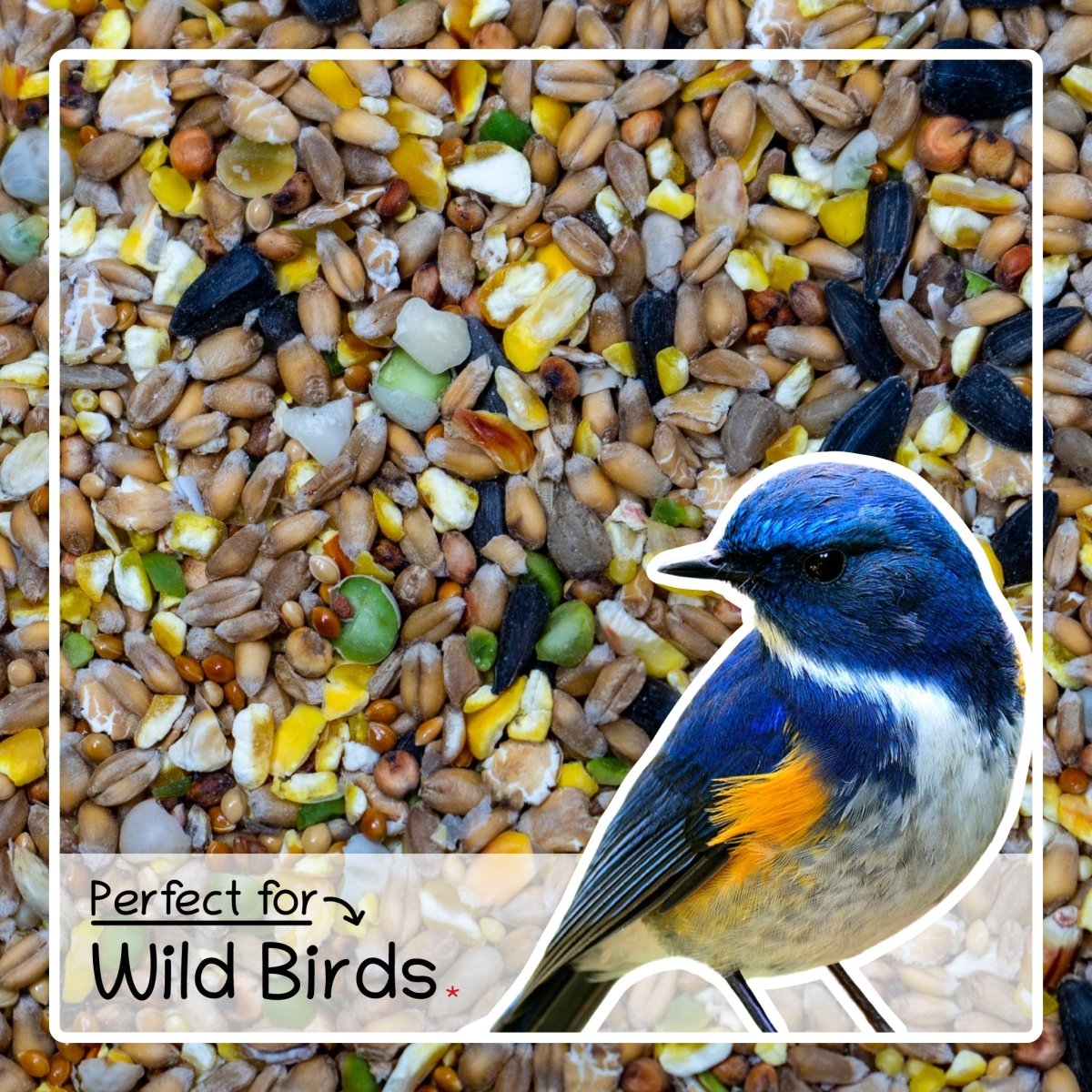
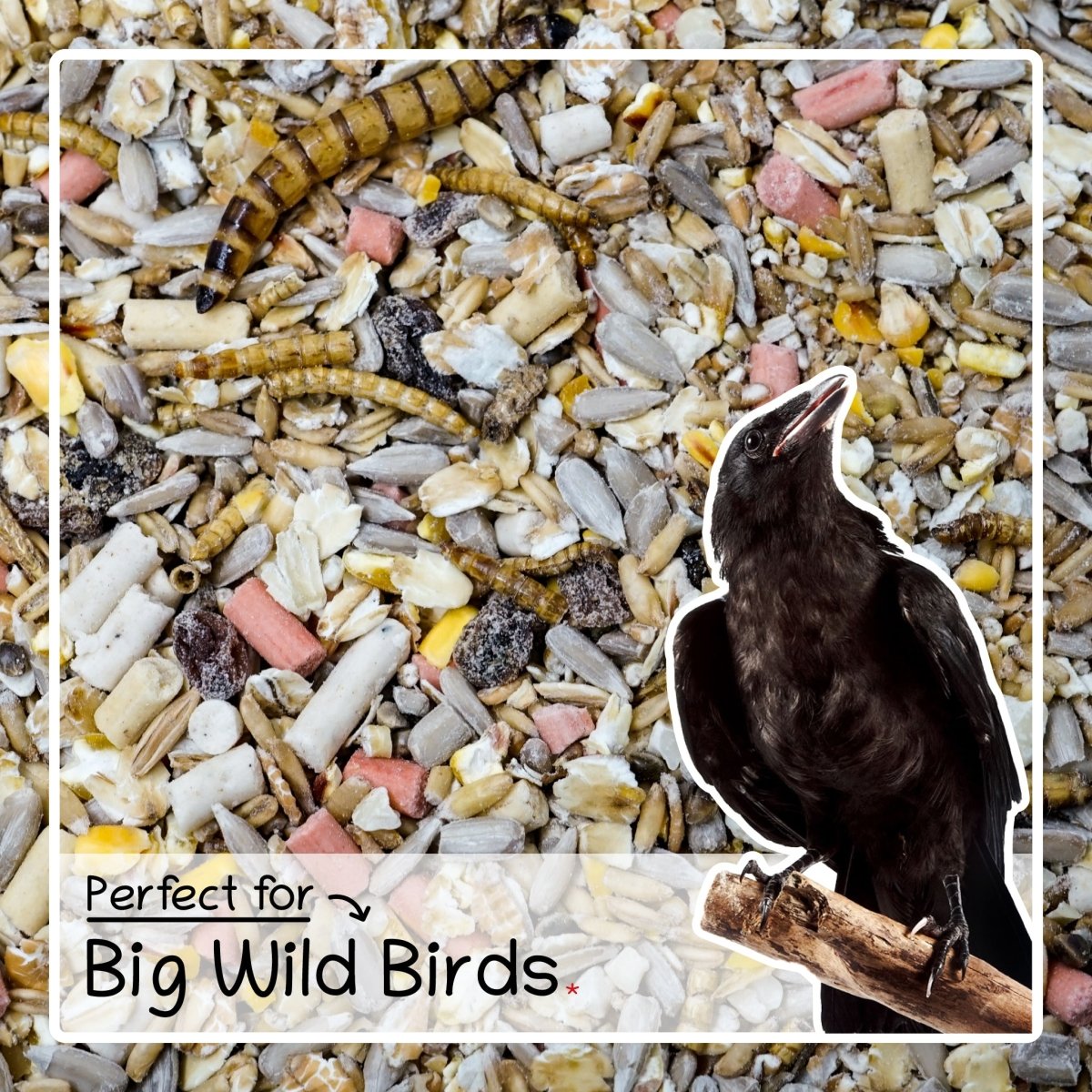
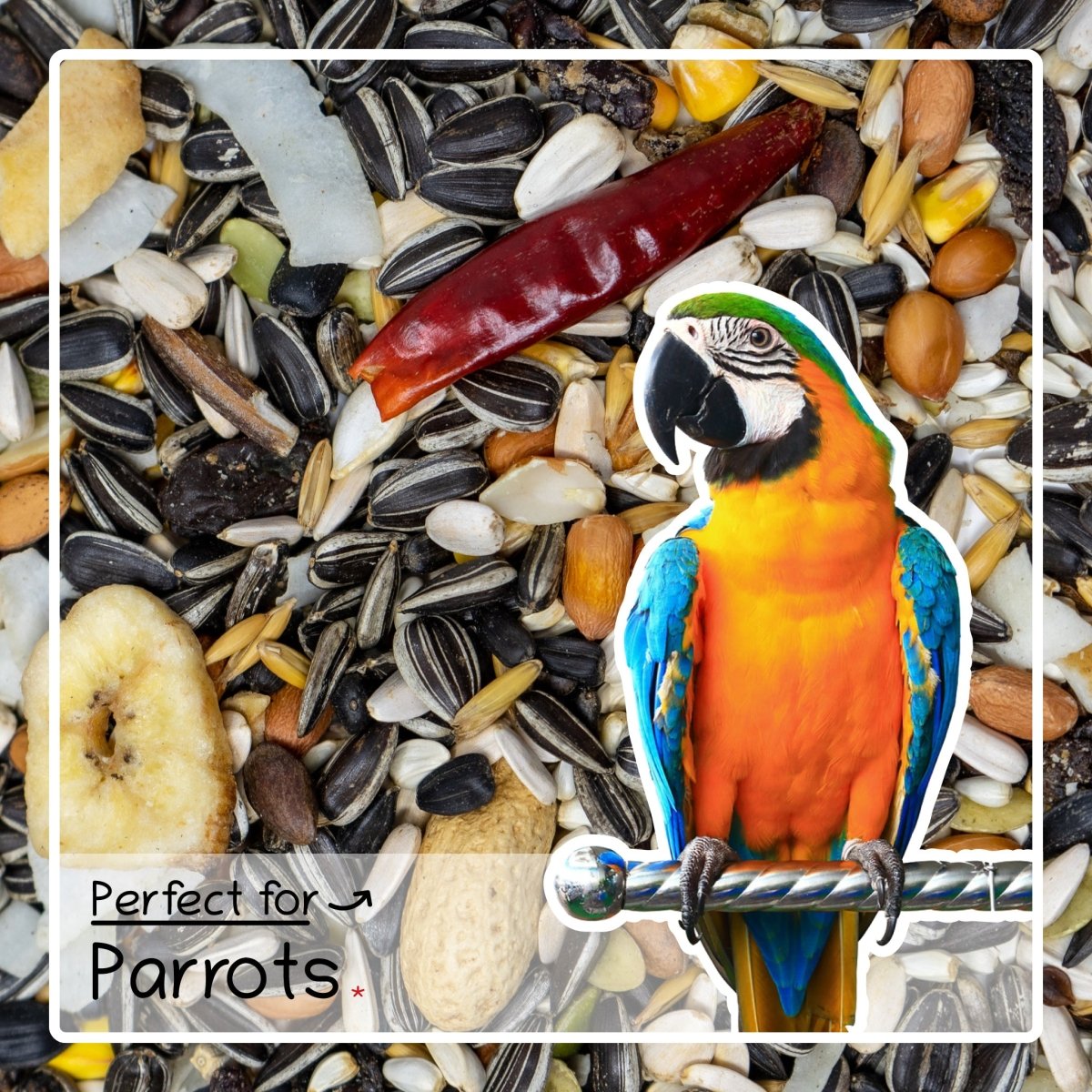
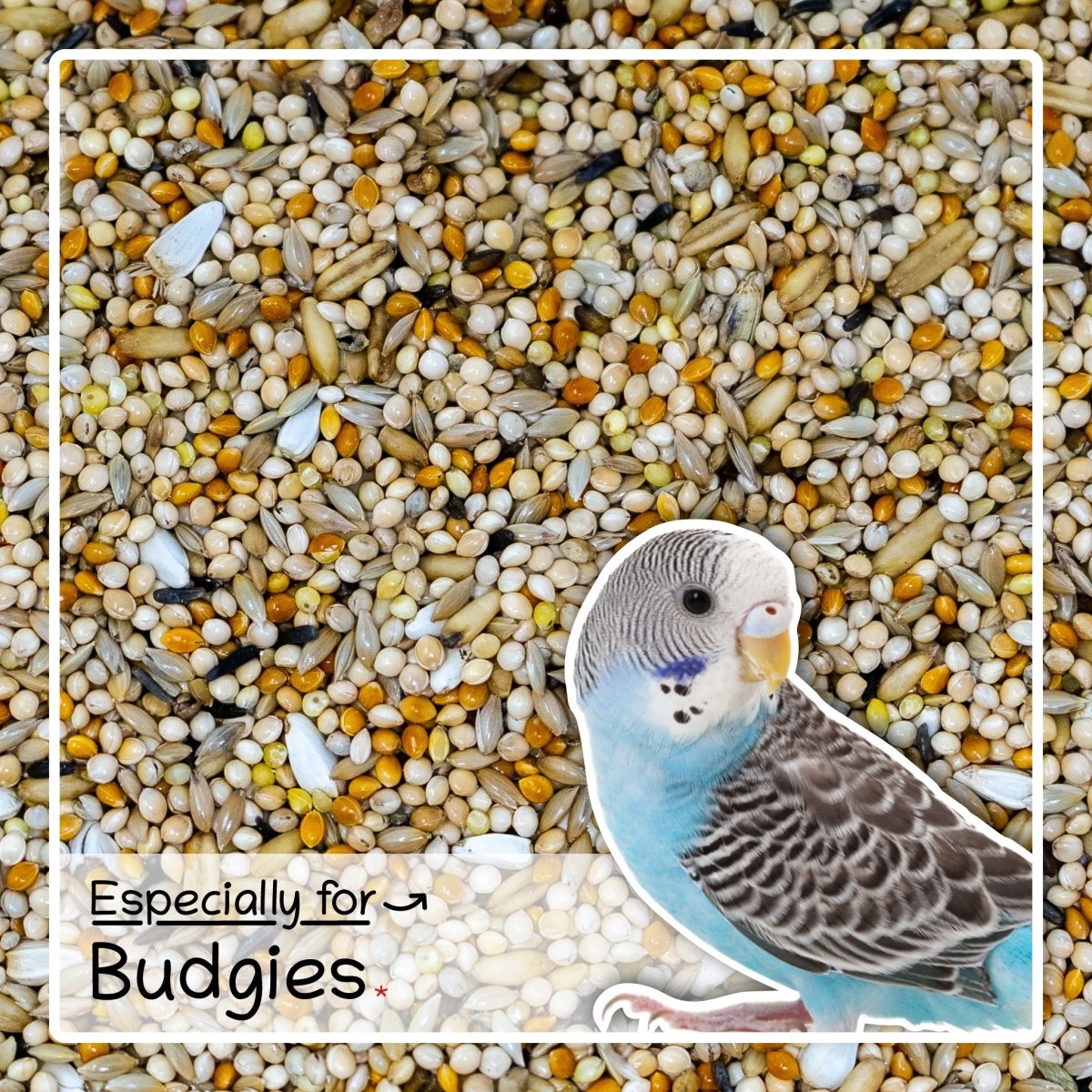
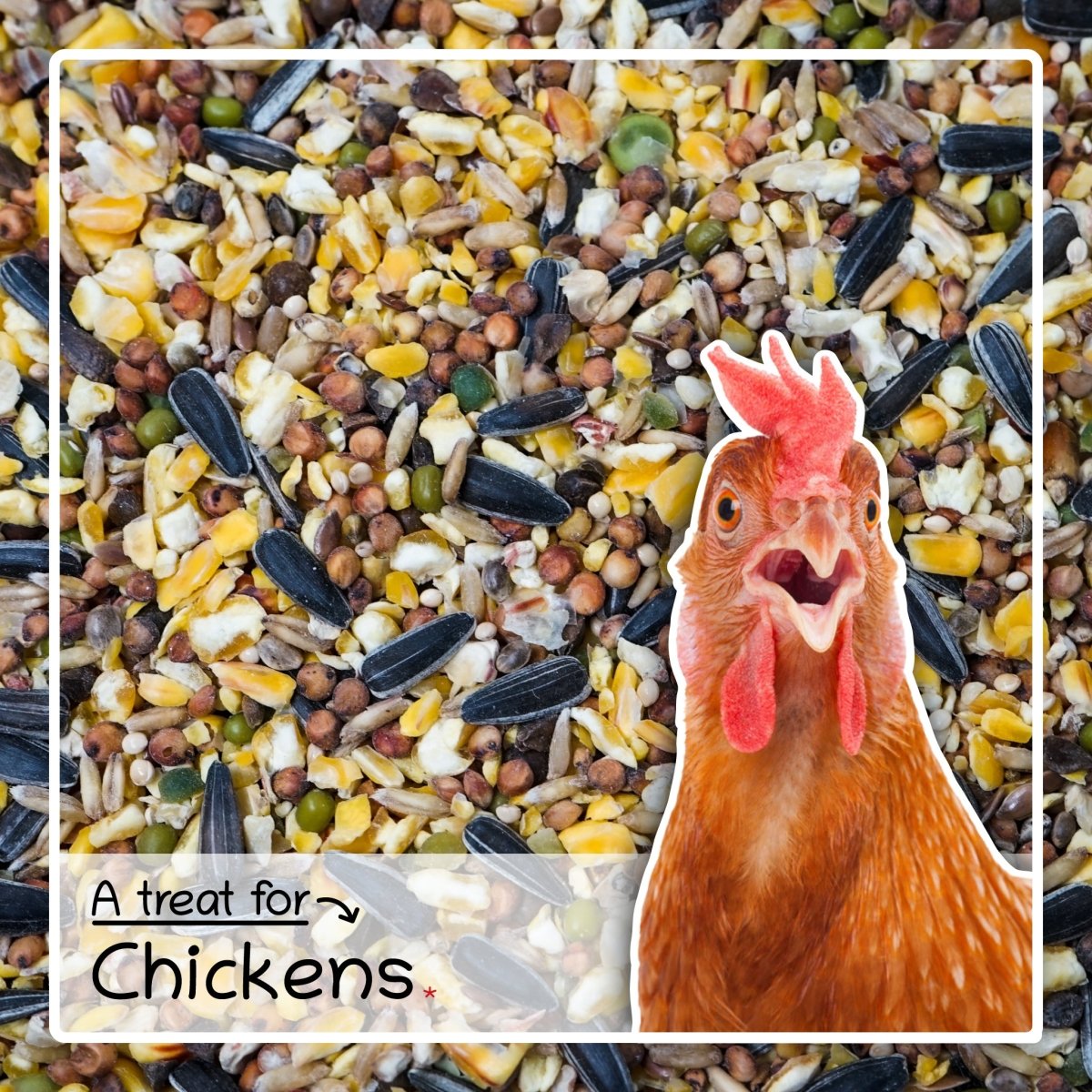
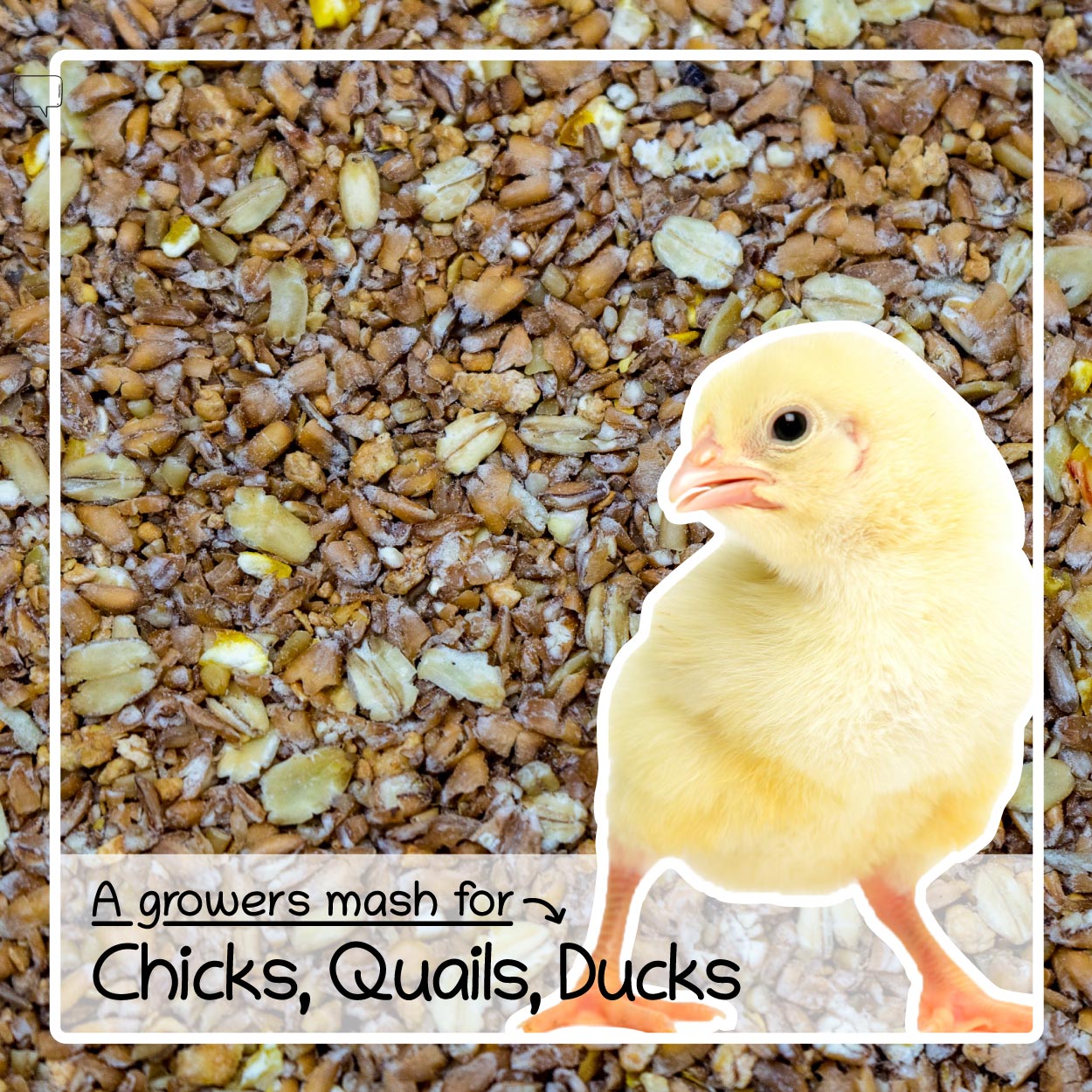
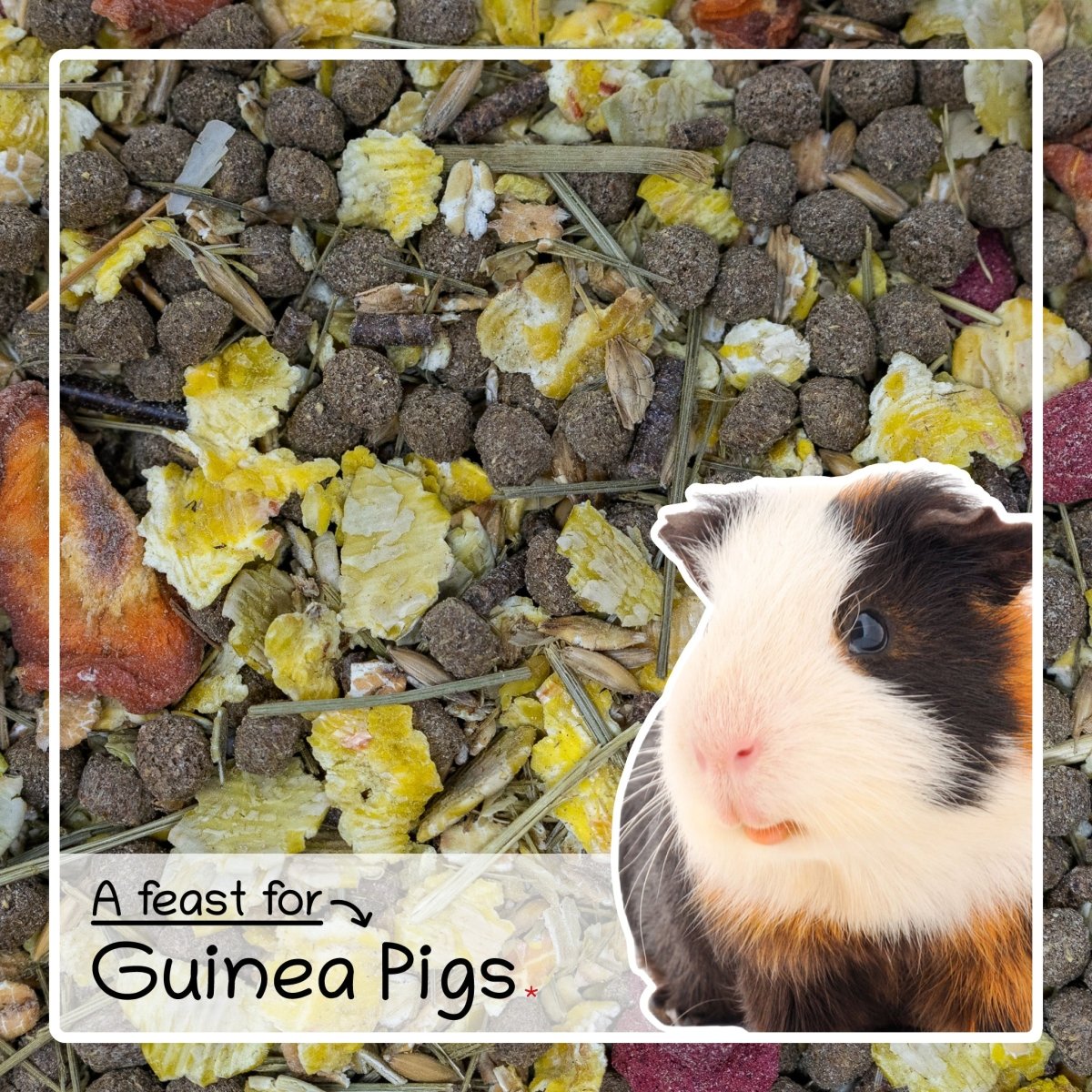
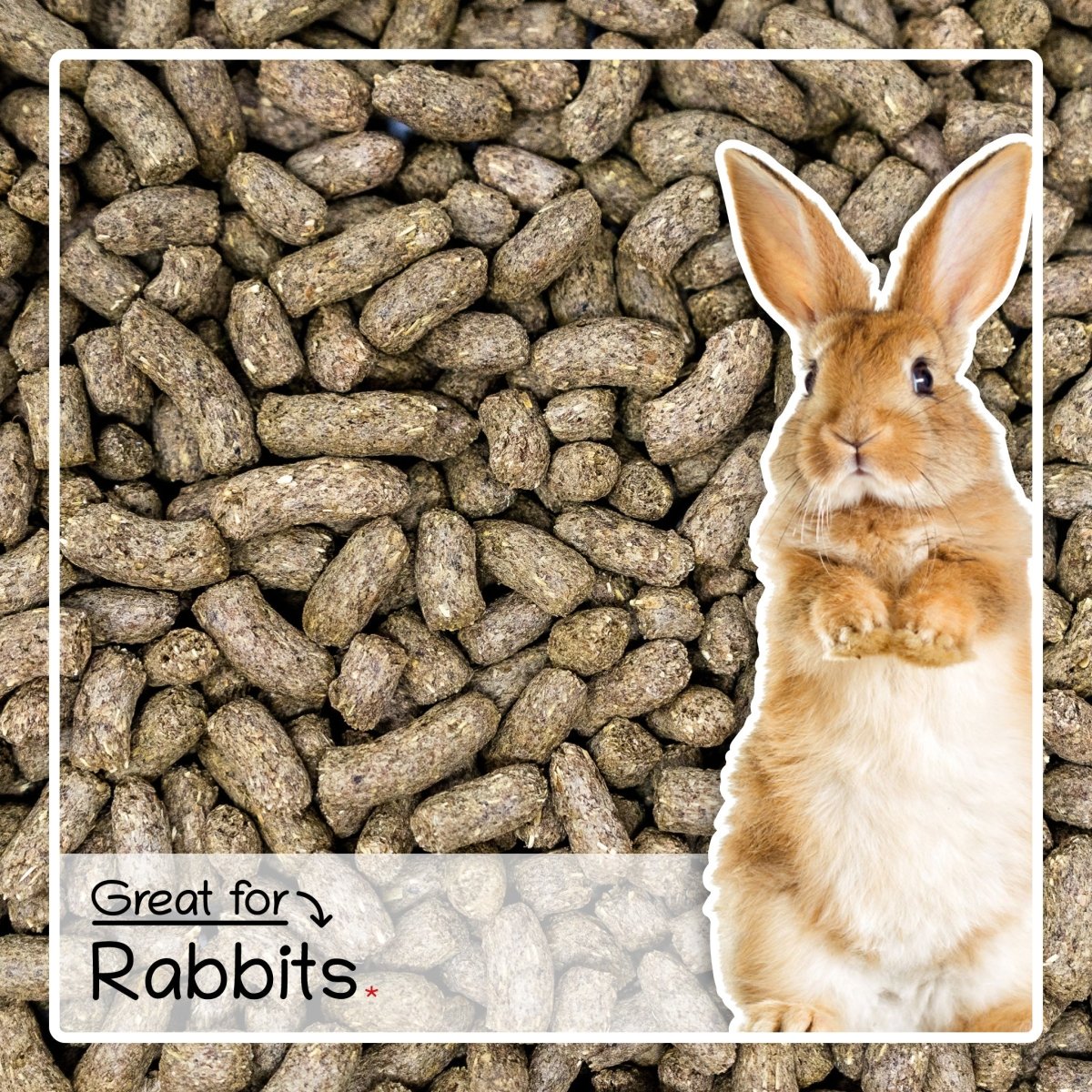
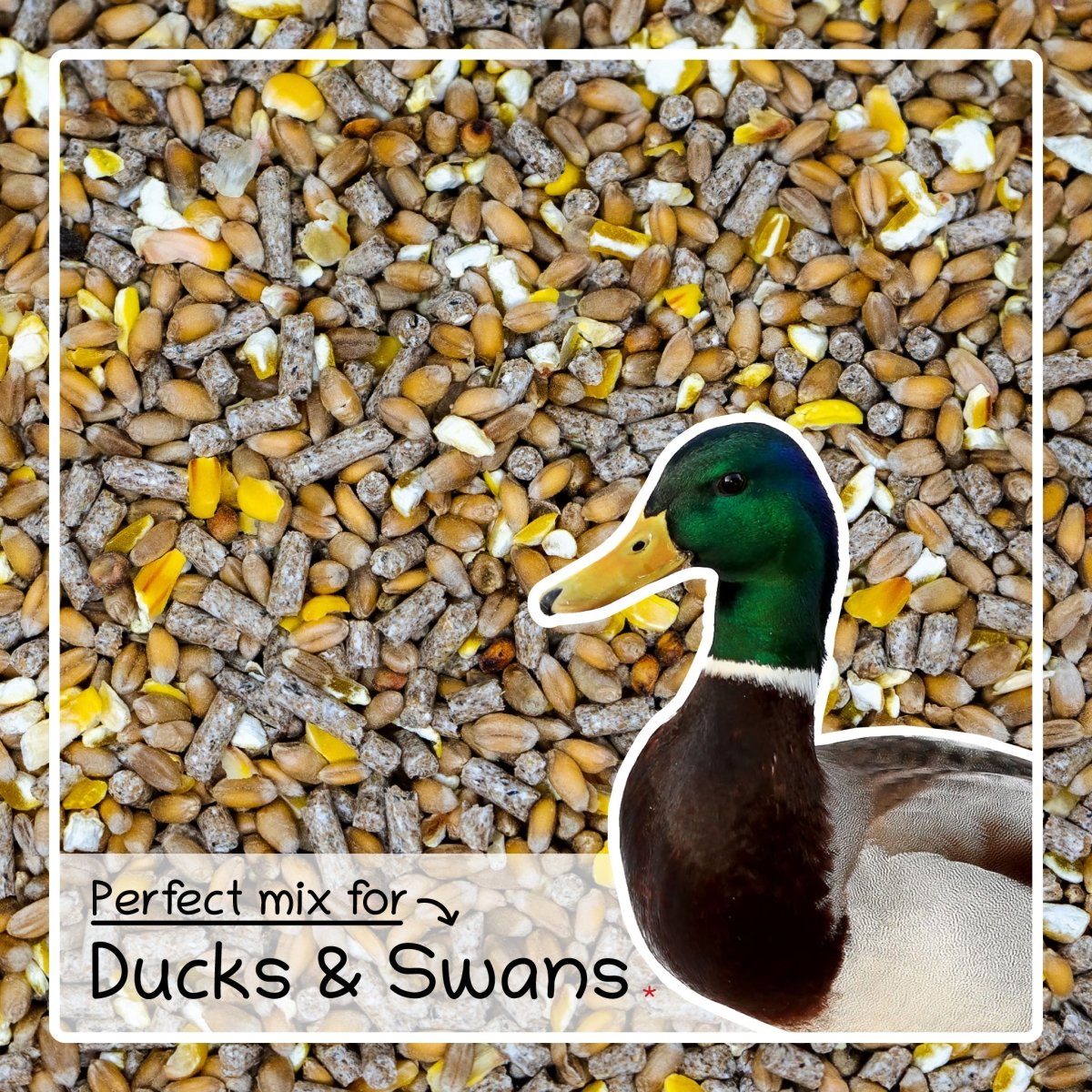
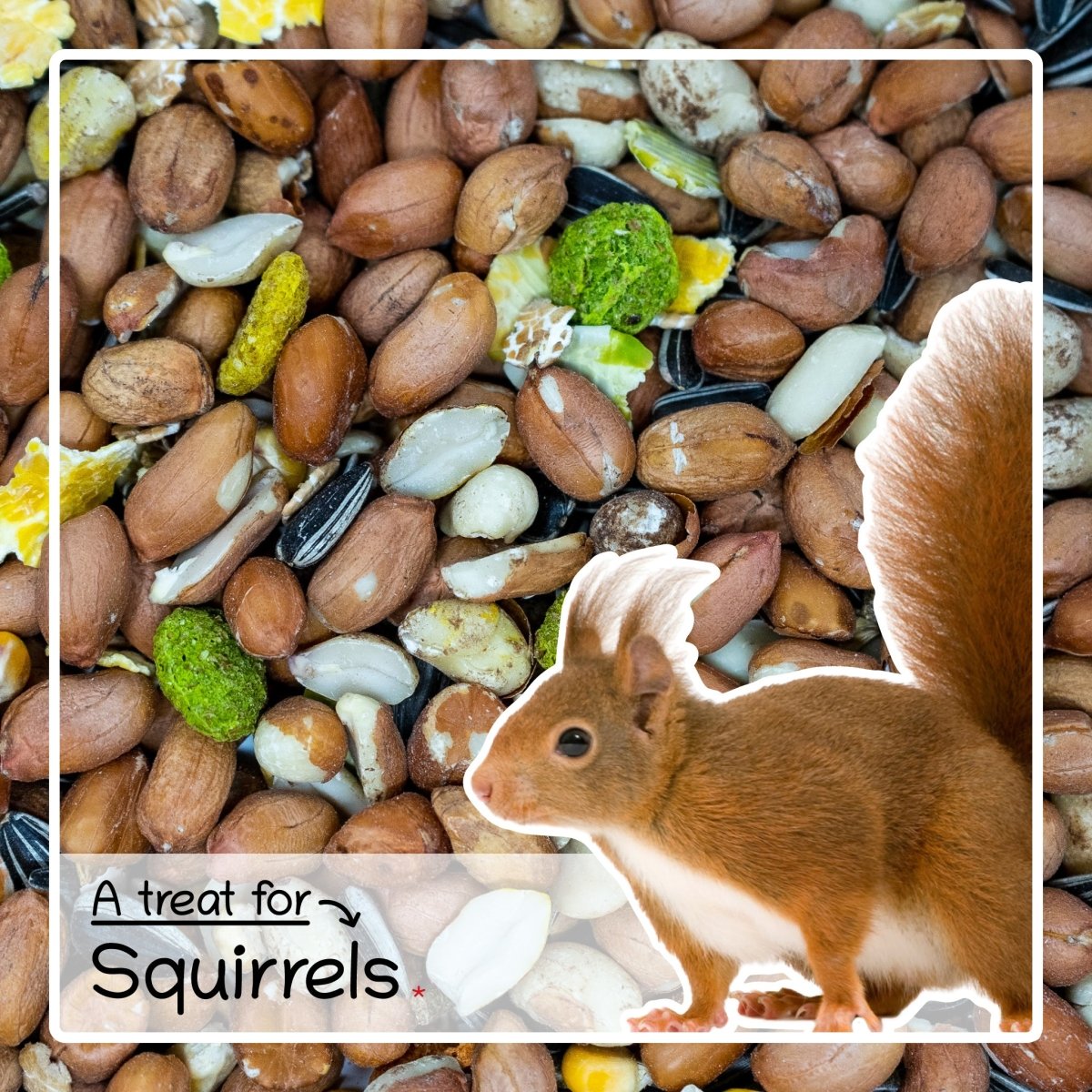


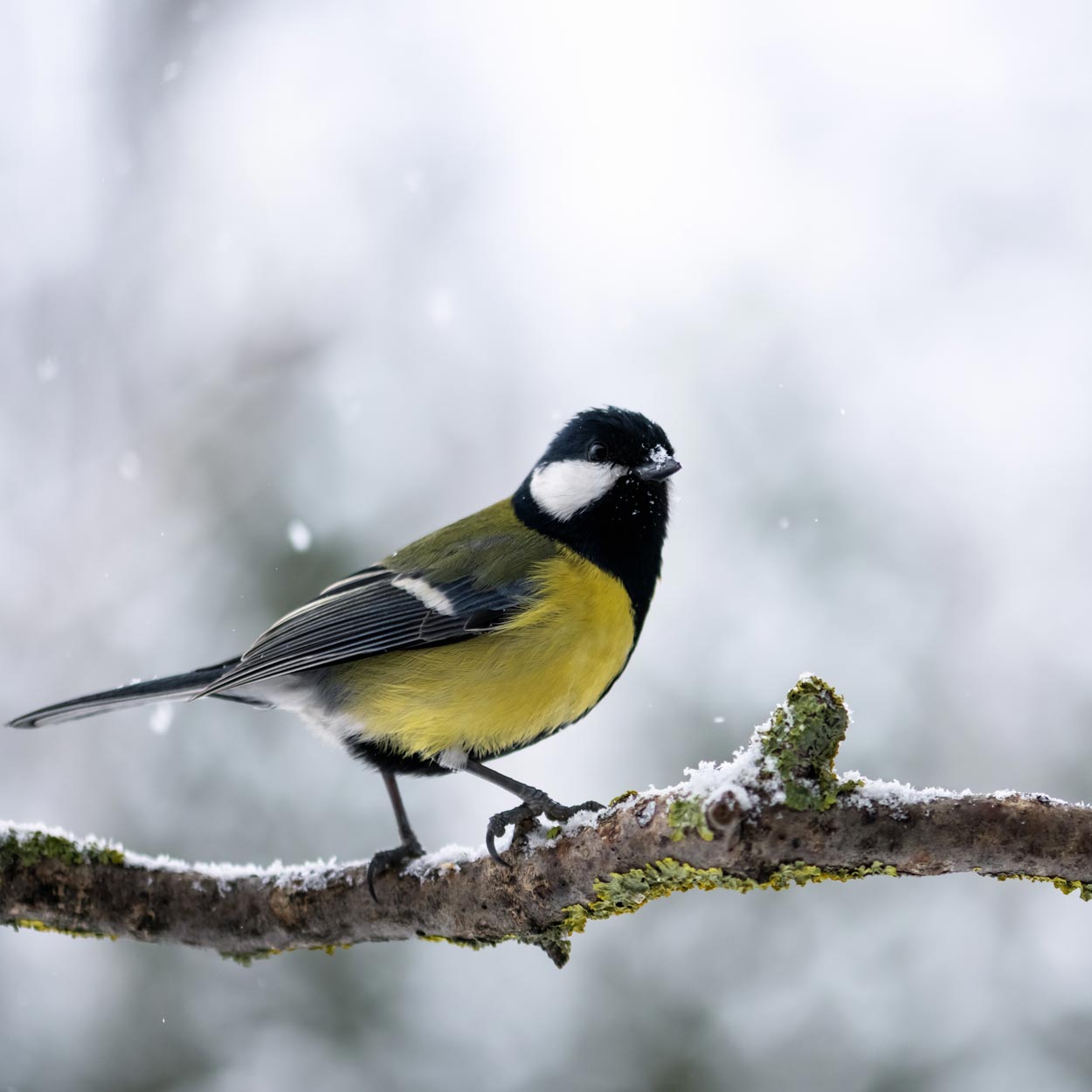
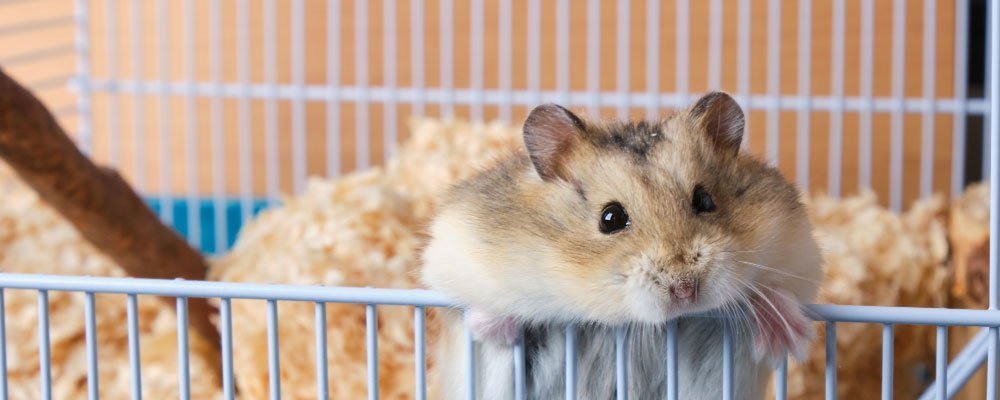
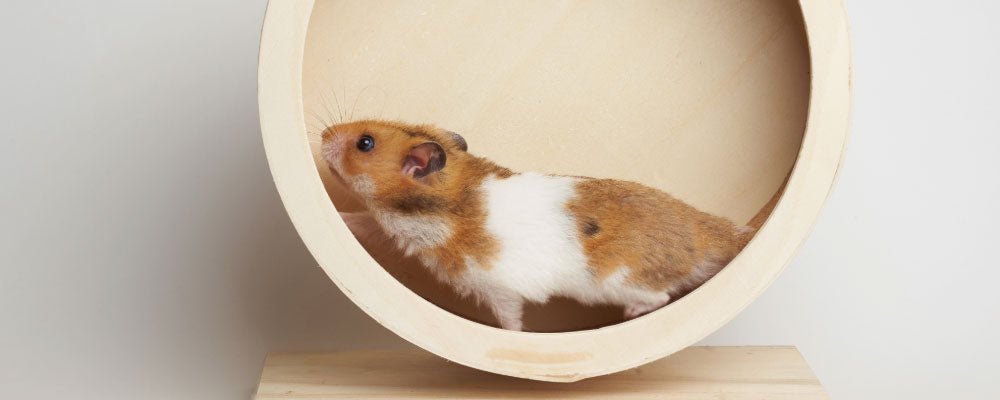
Leave a comment
This site is protected by hCaptcha and the hCaptcha Privacy Policy and Terms of Service apply.